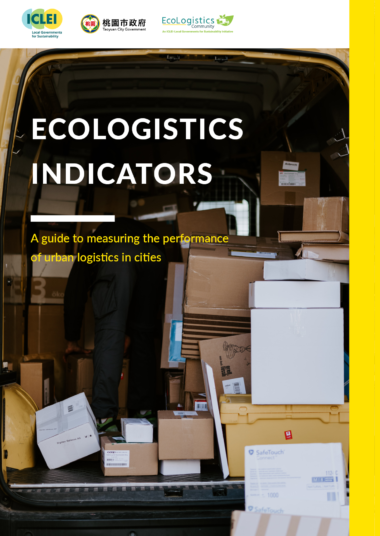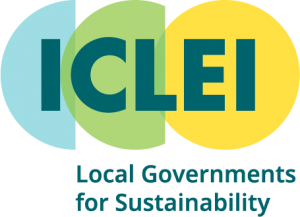EcoLogistics Indicators
The EcoLogistics Indicator (ELI) system is a sustainable logistics performance measurement system designed for policymakers to intervene and make informed decisions to improve the logistics system’s efficiency without compromising social, economic, and environmental components. It is a tool for cities to understand their urban logistics performance status quo to identify gaps and opportunities for policy interventions and set targets that meet their vision and goals.
Why use an EcoLogistics Indicator system?
versatility to customize according to the various cities’ needs.
The EcoLogistics Indicator system serves as a self-assessment tool to evaluate the status quo of the city’s approach to managing sustainable urban logistics, with the potential of re-evaluation every two to three years to identify the progress, trends, and needs for intervention. This is part of the process for developing a Sustainable Urban Logistics Plan (SULP) or a similar action plan or pathway policy document to intervene and plan for the short-, medium- and long-term strategies.

The EcoLogistics Indicators
Acknowledging the difficulties in terms of time and financial resources needed for cities to collect meaningful data, the EcoLogistics Indicators is by no means an exhaustive list of indicators. The indicators’ goal is to provide policymakers and advisors a snapshot of the city’s ecologistics situation. In developing the indicator systems, various consultations are made with multiple policymakers, academia, and technical consultants, and the final set of indicators is streamlined and selected.
The indicator system is structured into four dimensions that take into account the need for sustainability: (1) environmental sustainability, (2) social equity, (3) economic sustainability, and (4) operational efficiency. In each dimension, various indicators are delineated, and many do interact with each other.
Environmental sustainability
E1 Low-/Zero-emission deliveries
E2 Air quality
E3 Greenhous gas (GHG) emissions
E4 Energy consumption
E5 Noise pollution
E6 Sustainable business
Social equity
S2 Safety
S3 Freight employee demographics
S4 Exposure to vulnerable communities
Economic sustainability
Operational efficiency
O2 Fleet utilization level
O3 Loading and unloading
O4 Timeliness
O5 Productivity
O6 Distance optimisation
How to use the EcoLogistics Indicator system?


Published in April 2022
EcoLogistics Indicators - A guide to measuring the performance of urban logistics in cities
Related news

Project partners
The ICLEI EcoLogistics Community is the first city network globally committed to a sustainable urban freight future. The Community leads sustainable urban freight development in their cities and drives global actions on the international stage through collaborative exchange, action plans, and stakeholder engagements.
The fifth-largest populated city on the island of Taiwan, Taoyuan is an international transport hub and logistic industry center, home of the 11th busiest airports worldwide by international passenger traffic and the 8th busiest by international freight traffic. ICLEI Member since 2011, Taoyuan now serves as the chair for the first international ICLEI EcoLogistics community.









